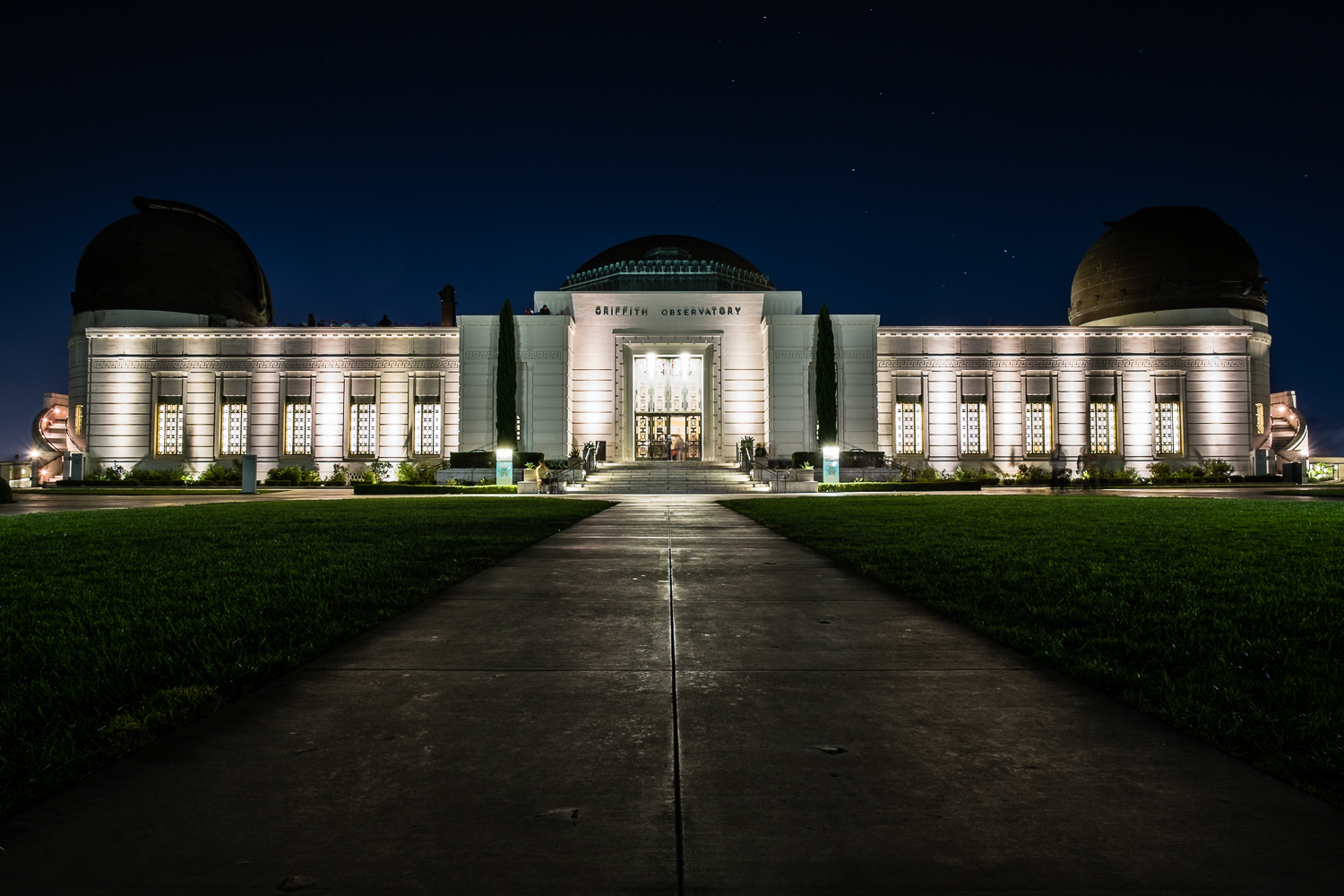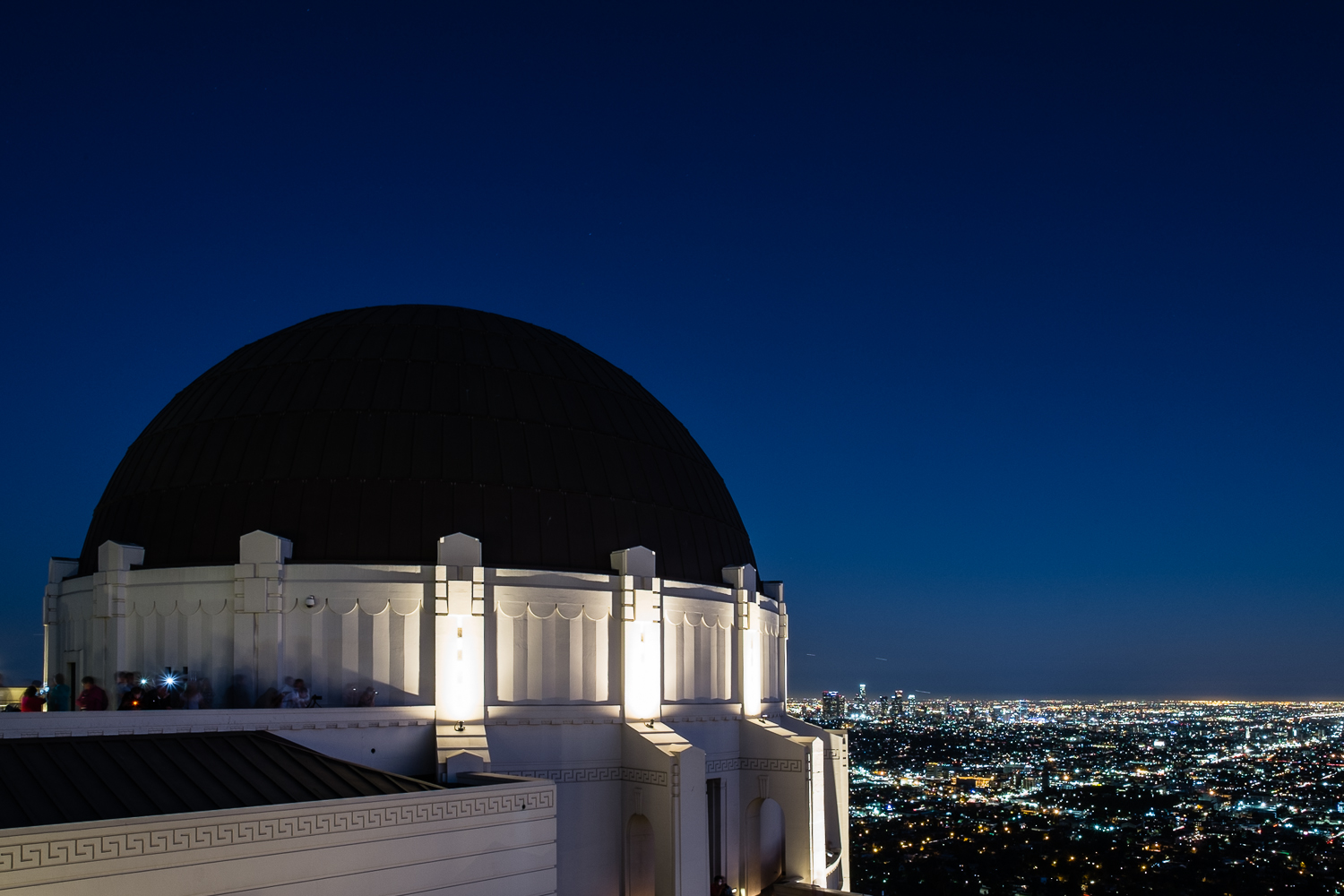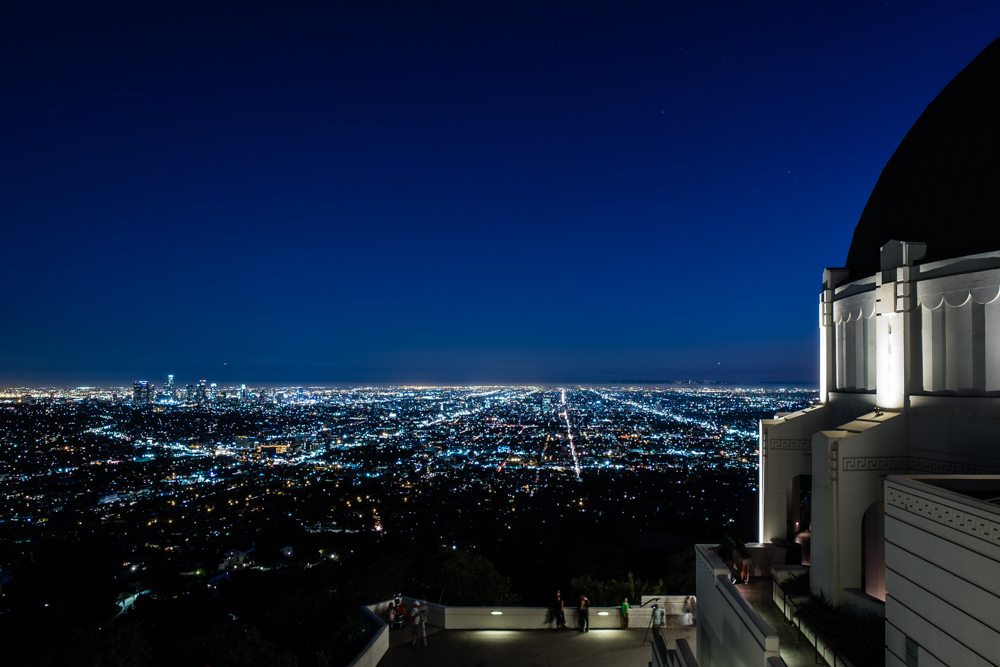What's Not So Great
So what about the bad? While the X-Pro1 certainly isn't perfect, there aren't many things that I would say is really bad. For instance, with all of Fuji's firmware updates, the focusing is now much improved and isn't a problem for me. I'm not too crazy that I can't use the optical viewfinder for exact framing of my images, but I also knew going in that this was never what the OVF was intended for. Besides, I can easily switch over to the electronic viewfinder when I need exact framing.
There is one thing about the X-Pro1 however, that I really, really don't like. The location of the tripod mount. For some reason, Fuji decided that it's unnecessary to access the battery or memory card when a tripod plate is mounted onto the camera. As someone that uses a tripod often, having to remove the tripod plate every time I want to charge the battery or download my images is extremely annoying. For a company that did so many things right in the usability department with the X Series cameras, an oversight like this is quite surprising.
Final Thoughts
The short version - I really like using the X-Pro1 for landscape photography. I still prefer the X100 as a camera to always have with me, but the X-Pro1 along with the XF 14mm make a wonderful pair for my style of photography.
The slightly longer version - I am as happy with the X-Pro1 for shooting landscapes as I ever was with my old Canon 40D. The X-Pro1 and XF 14mm lens is my favorite combination for the subjects I like to capture. The manual controls and LCD work great for me when I'm working on a tripod, especially when I'm shooting long exposures.
On the flip side, even though the X-Pro1 and XF 14mm combined weight less than the Canon 40D, they are still by no means light. Since I usually take either the XF 18-55mm or XF 35mm along, I end up with a kit that is still heavier than something I want to carry all day. I've considered getting an X-E1 either as a backup or replacement to the X-Pro1, but I would really hate to lose the 3-inch LCD. I know that I'm splitting hairs here since what one considers heavy is all relative, but it might be something to consider for anyone that shoots landscapes and wants to move to the X-Pro1 as a replacement for a DSLR.
With that, I'll leave you with a few more images made with the X-Pro1 over the past six months.








